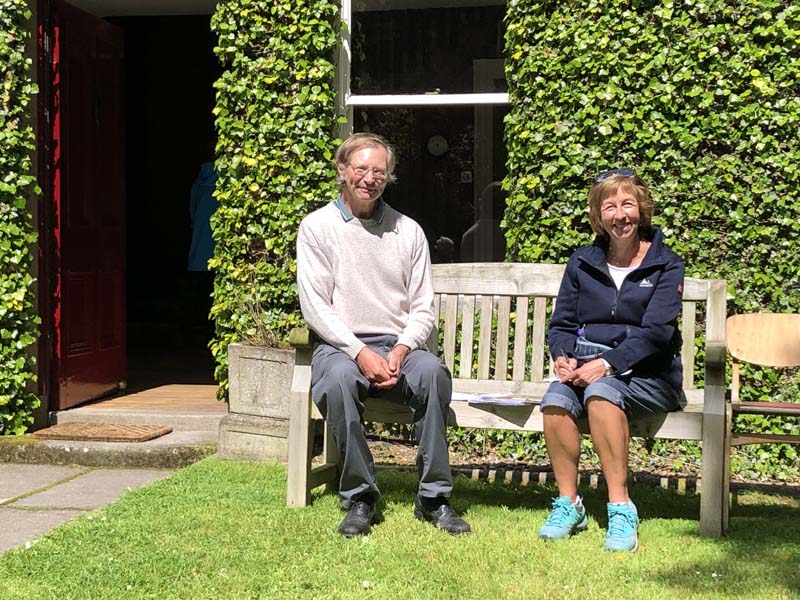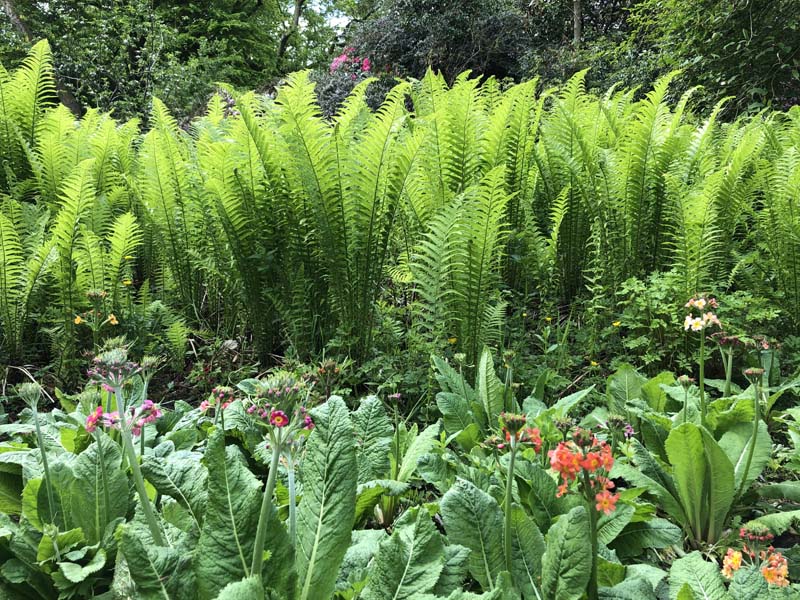Visit to Kilmacrew, Co Down – Report by Doreen Wilson
Approaching Kilmacrew House along the narrow laneways threading through the drumlins of Co Down there are no clues as to what to expect – it is a truly secret garden. Hidden behind a thick, mature shelter belt of native trees lies a four acre ornamental garden which delights at every turn and poses numerous queries for those gardeners who enjoy identifying different varieties of trees and shrubs.
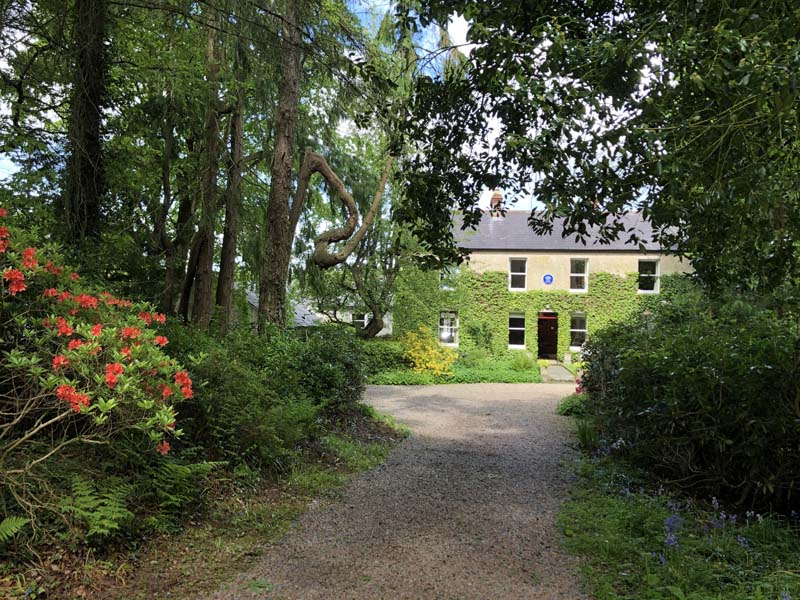
Our group gathered at the front of the square grey farmhouse to hear the owner, Louise, give a brief history of how she, a New Zealander, came to be the owner of this little-known garden. Originally the farm belonged to her great aunt and uncle and it was they who were responsible for the majority of the planting that is present. Louise inherited the farm – what an inheritance! – in 2006 and, as she described the state of the garden when she came to live there, we were full of admiration for her resolve. Someone less resourceful would probably have sold up and gone home but Louise was determined to ‘to see what was there’. With very limited and sporadic help, Louise discovered hidden paths, shrubs hidden by overgrown neighbouring shrubs, and trees that had fallen over and into each other with old age. Most of the garden had been planted in the mid 1960s and catalogues from Hilliers and other major nurseries show that the creators of this garden were determined to plant the best that was available.
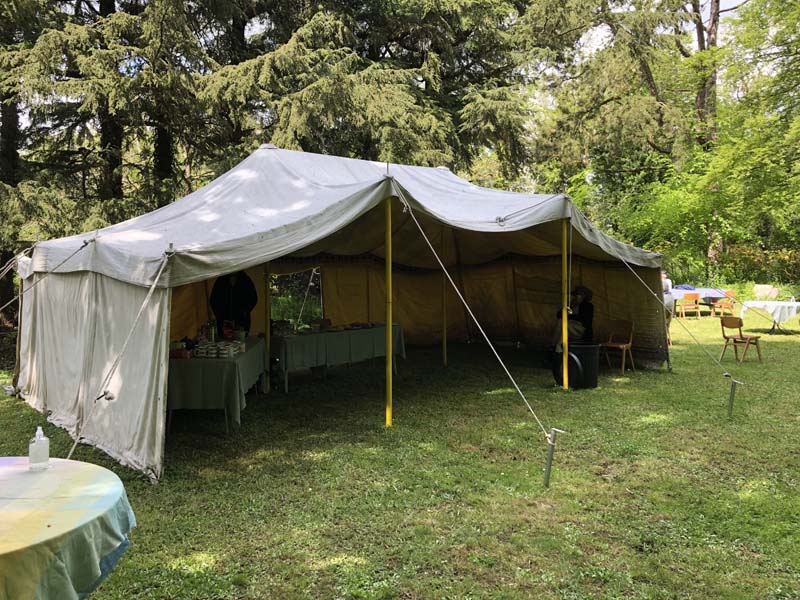
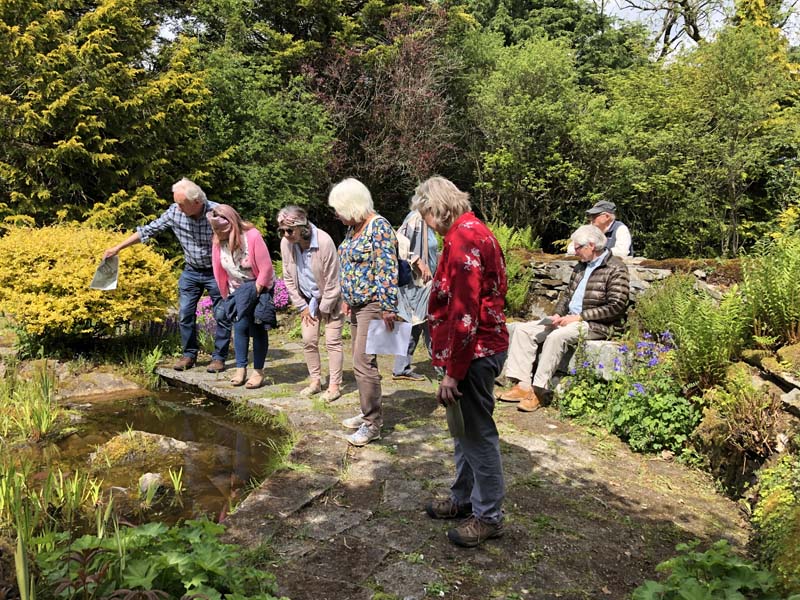
But before we set off to explore, Dr Robert Logan gave a short and interesting talk on the significance of the blue Ulster History Circle plaque which adorns the front of the house. It commemorates the life of Helen Waddell (1889 – 1965), the Ulster writer, poet and playwright, who was a frequent visitor here. She was born in Tokyo where her father was a Presbyterian missionary and she was eleven years old when the family returned to Belfast. Helen graduated from Queen’s University in English Literature but spent much of her time travelling the world and working. But Kilmacrew was her base whenever she returned to Northern Ireland as it was the home of her sister and brother-in-law. She loved the garden and used its setting and ambiance in her story-telling. In her words, Kilmacrew was the ‘type of place where no one knows the time of month or what the gold standard is’. Wandering around the garden on such a warm, sunny afternoon as we did, it was easy to understand why.
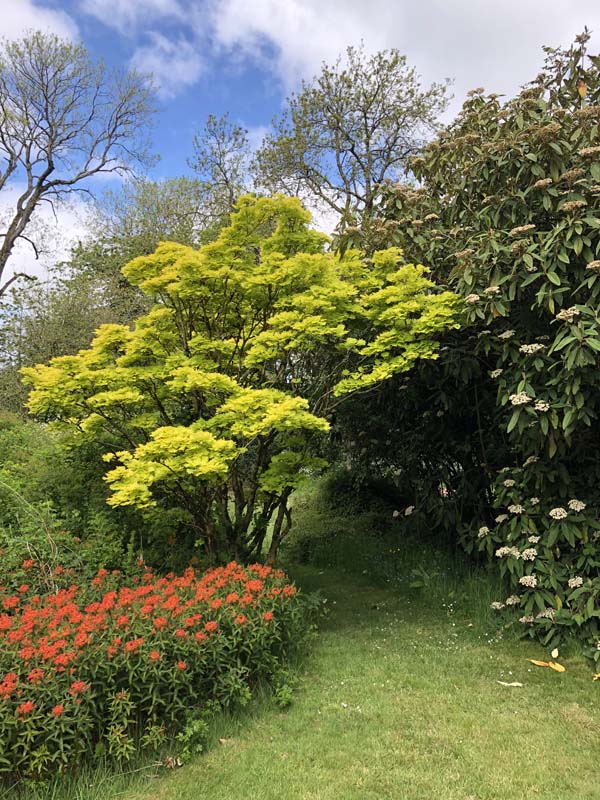
Setting off to follow the map and suggested route we stopped to admire a group of enormous hostas in perfect condition; obviously the slugs have plenty of alternatives or maybe they haven’t a head for heights like these! Nearby was a handsome dark red tree peony in full bloom but no name could be suggested. There were numerous white blossoms on the venerable Snowdrop tree, Halesia monticola, providing a contrast to the reds and pinks of the rhododendrons. With time and observation many of the rhododendrons could probably be identified from the annotated catalogues left by the original enthusiastic gardeners. Further on we spotted several different magnolias, Magnolia wilsonnii, M. campbellii and a lovely stellata. Standing proudly in the middle of the garden is a magnificent Wellingtonia, but there were many other shrubs which had reached a size and maturity that is rarely seen in a garden nowadays.
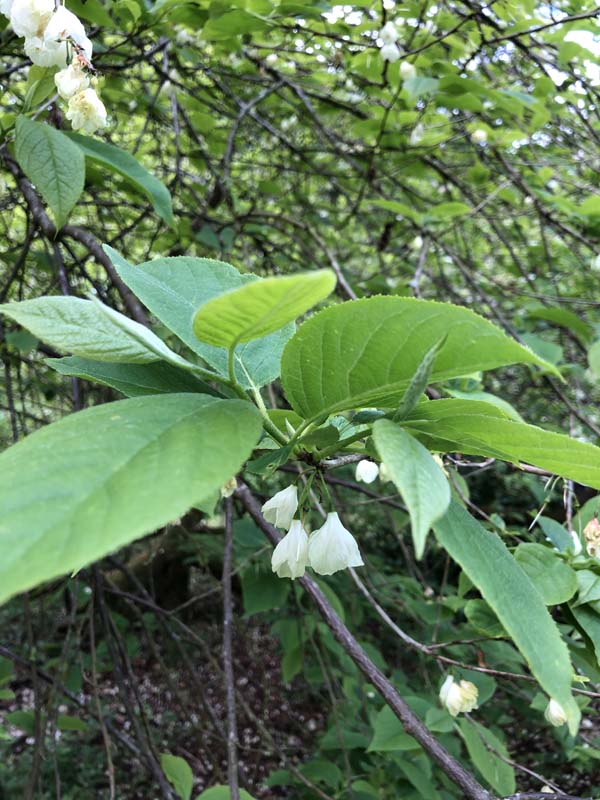
There are several natural rocky outcrops throughout the garden and in one area a small pond had been formed, home to a family of newts who quite possibly have been resident here for several generations. The surrounding trees provided shelter for the pink blooms on the deutzia and lilacs, preserving the blossom for longer, while the skunk cabbage lining the small stream were the largest and most upright seen for a long time! Returning to the farmyard there was an interesting small tree which I didn’t have time to identify – was it an Acacia or an overgrown Albizia? Definitely I will have to return to confirm.
